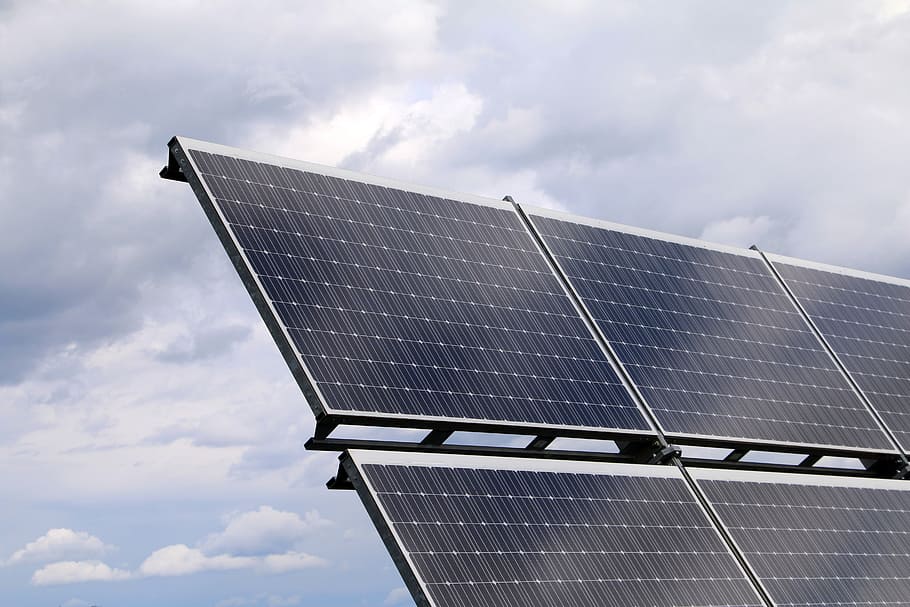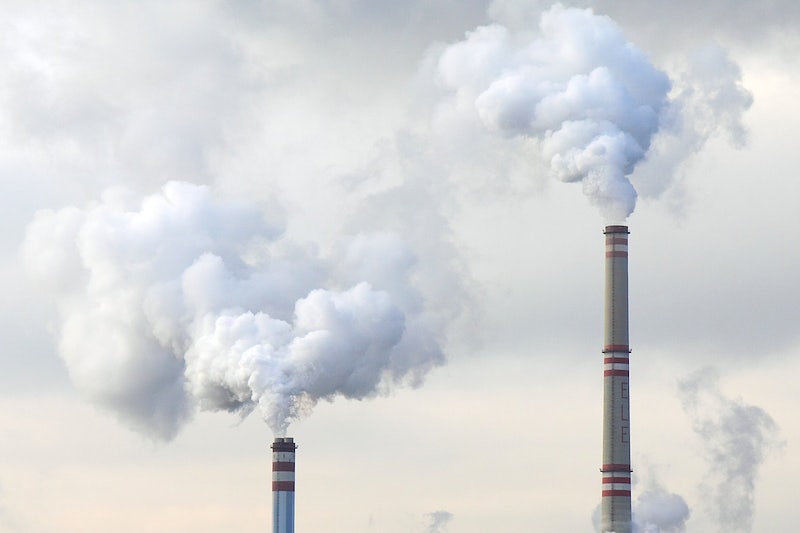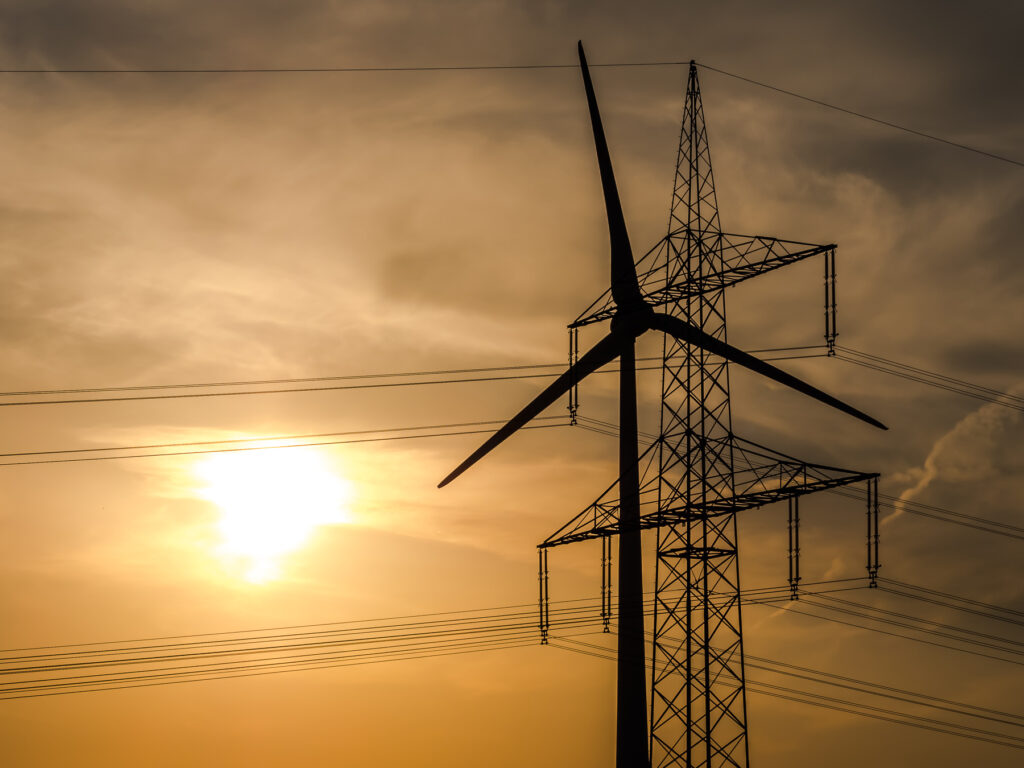The European Union’s Renewable Energy Directive (RED) has been a cornerstone of the EU’s commitment to combating climate change and transitioning towards a sustainable, low-carbon future. Initially introduced in 2009, the directive sought to promote renewable energy usage across member states by setting binding targets and providing a framework for national action plans. Yet with the ever-increasing global focus on reducing carbon emissions, and with the pressure, in the wake of Russia’s invasion of Ukraine, to turbocharge a shift towards renewable alternatives to Russian hydrocarbons, the EU has undertaken a more ambitious approach. In March 2023, the EU introduced its new Renewable Energy Directive III (RED III), a recast that aims to propel Europe’s green energy transition forward at greater speed and with more urgency.

The Origin and Purpose of the Renewable Energy Directive
The Renewable Energy Directive, first adopted in 2009, first emerged as part of the EU’s broader efforts to address climate change and enhance energy security. It was designed to promote the development and utilisation of renewable energy sources, such as wind, solar, hydro, and biomass, as alternatives to traditional fossil fuels. By diversifying energy supplies and reducing greenhouse gas emissions, the directive sought to create a more sustainable and resilient energy future for Europe.
RePowerEU and Escaping the Fossil Fuel Dependency
In the wake of the Russian attack on Ukraine, the EU faced the stark reality of its reliance on Russian fossil fuels. To address this critical issue, the Union launched the RePowerEU initiative, aiming to reduce its dependence on fossil fuel imports and enhance energy sovereignty. As part of this initiative, the EU set an ambitious target of achieving a 42.5% share of renewable energy sources in its energy mix.

Incorporating RePowerEU into RED III: A Collaborative Effort
To achieve the targets set by RePowerEU, the EU recognised early on the need to incorporate these goals into a revised Renewable Energy Directive (RED III). This procedure is subject to the EU’s Ordinary Legislative Procedure (OLP), and thus requires an agreement between the member states and the European Parliament before it can be adopted into law.
RED III: Setting Higher Targets for Renewable Energy Deployment
The new Renewable Energy Directive (RED III) sets higher targets for the deployment of renewable energy sources. Alongside the overall target of a 42.5% share of renewables in gross EU energy consumption there is the possibility of an additional, voluntary top-up of 2.5%. By raising the bar and setting more ambitious goals, the EU aims to accelerate the transition away from fossil fuels and significantly increase the use of renewable energy in all member states. Renewable sources are essential for mitigating climate change, as they emit little to no greenhouse gases and reduce the carbon footprint of the energy sector. The negotiations surrounding RED III have not been without challenges, as members states held differing perspectives on the inclusion of nuclear power within the renewable energy targets. Notably, France pushed for the inclusion of nuclear power, emphasising its low-carbon nature and thus its potential to contribute to the EU’s decarbonisation efforts. However, other member states expressed concerns about the potential risks associated with nuclear power and its compatibility with the definition of renewable energy.

Focus on Decarbonising Industry and Buildings
RED III introduces a crucial differentiation by targeting two new sectors: industry and buildings. The provisional agreement provides that industry should increase its use of renewable energy annually by 1.6%. For buildings, the new directive sets an indicative target of at least a 49% renewable energy share in 2030. Buildings are a significant source of energy consumption and emissions, making their decarbonisation important in the EU’s effort to achieve energy efficiency and reduce carbon footprints. Likewise, decarbonising the industrial sector is crucial as it accounts for a substantial portion of emissions and can be more challenging to transition from fossil fuels to renewable energy sources.
Challenges Ahead for Citizens, Industries, and Governments
Implementing RED III may pose challenges for citizens, industries, and governments alike. The binding targets for individual houses might require significant investment in renewable energy technologies, energy-efficient building designs, and behavioral changes, all of which require time and significant financial resources. Additionally, industries face the daunting task of decarbonisation, which could necessitate substantial technological advancements and adjustments in processes of production.

Implications for Governments
- Policy Implementation and Enforcement: With the introduction of RED III, EU member states will need to adopt and enforce policies that align with the new, higher renewable energy targets. This includes developing comprehensive national action plans to boost the share of renewable energy sources in their respective energy mixes and encouraging investments in renewable infrastructure. Certain member states are better placed to achieve this than others.
- Enhanced International Cooperation: To achieve the ambitious targets set by RED III, EU governments may need to foster stronger international cooperation and partnerships. This could involve collaborating with neighboring countries in the Euro-Mediterranean area to develop cross-border renewable energy projects or engaging in joint research and development initiatives for innovative clean energy technologies.
- Funding and Incentives: Governments will likely need to provide financial support and incentives to stimulate investments in renewable energy projects. These may include subsidies, tax breaks, feed-in tariffs, and grants to attract private sector involvement in the renewable energy sector. With budgets stretched to breaking point given the cost of living crisis, many governments will struggle to create the fiscal headroom necessary.
- Regulatory Frameworks: The implementation of RED III will require updating and revising existing regulatory frameworks to accommodate the increased integration of renewable energy sources into the energy market. Governments must streamline permitting processes, facilitate grid integration, and remove barriers that hinder the growth of renewable energy projects.
Implications for Firms
- Market Opportunities: RED III will create significant market opportunities for firms operating in the renewable energy sector. Increased demand for renewable technologies, equipment, and services will drive innovation and competition among businesses seeking to capitalise on the expanding green energy market.
- Investment and Capital Flow: With the EU’s commitment to higher renewable energy targets, more investment and capital will be unlocked and flow towards companies involved in renewable energy production, distribution, and storage. This influx of funding can drive technological advancements and boost the growth of renewable energy firms.
- Transition Challenges for Fossil Fuel Companies: Companies heavily invested in fossil fuel industries may face challenges in transitioning to renewable energy or adapting their business models to align with the changing energy landscape. Such firms will need to explore diversification strategies or consider investments in renewable energy to remain relevant and competitive.
- Corporate Social Responsibility: RED III’s emphasis on higher renewable energy targets will prompt firms across various sectors to reassess their environmental impact and adopt more sustainable practices. Embracing renewable energy solutions can enhance a company’s reputation and align with consumer demands for environmentally responsible businesses.
- Energy Efficiency and Resource Optimisation: RED III may encourage firms to prioritize energy efficiency measures and optimize resource utilisation to meet the directive’s targets. Embracing renewable energy and sustainable practices can help businesses reduce operational costs, enhance competitiveness, and lower their carbon footprint.
Summary
The recast Renewable Energy Directive (RED III) symbolises Europe’s determination to push the boundaries of its green energy transition, in response to recent geopolitical events. By setting higher targets and focusing on decarbonising critical sectors like industry and buildings, the EU is paving the way for a sustainable future. The implications of the Recast Renewable Energy Directive (RED III) are significant for both governments and firms. Governments will need to prioritise policy implementation, enhance international cooperation, and create supportive regulatory environments to meet the ambitious renewable energy targets. For firms, RED III offers numerous market opportunities and potential for growth in the renewable energy sector, while also presenting challenges for industries reliant on fossil fuels. Embracing the transition to renewable energy can position firms as leaders in sustainability and contribute to a greener and more prosperous future for the EU.

